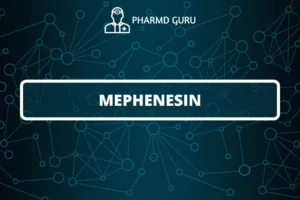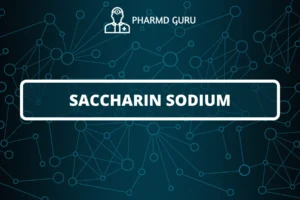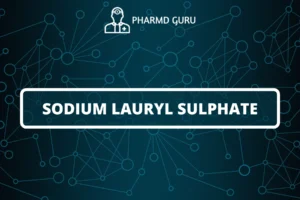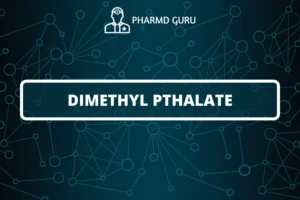The Reformatsky reaction is a chemical reaction that involves the nucleophilic addition of an organozinc compound to a carbonyl compound, typically an aldehyde or ketone. It is named after Sergei Nikolaevich Reformatsky, the Russian chemist who first described the reaction in 1887.
SCROLL DOWN TO THE BOTTOM OF THIS PAGE FOR ACTUAL NOTES.
In the Reformatsky reaction, an organozinc compound, usually prepared from an alkyl or aryl halide and zinc metal, reacts with a carbonyl compound in the presence of a suitable catalyst or promoter. The reaction results in the formation of a β-hydroxy ester or β-hydroxy ketone, depending on the nature of the carbonyl compound.
The general equation for the Reformatsky reaction is as follows:
RCHO + R’ZnX + RCO2H → RCH(OH)COR’ + ZnXOR
In this reaction, an aldehyde (RCHO) reacts with an organozinc compound (R’ZnX) and a carboxylic acid (RCO2H) to form a β-hydroxy ester or β-hydroxy ketone (RCH(OH)COR’), along with the formation of an alkoxide salt of zinc (ZnXOR).
The Reformatsky reaction typically requires a catalyst or promoter to facilitate the reaction. Common catalysts include metal salts, such as copper or cadmium salts, or organic promoters, such as amines or Lewis acids.
The mechanism of the Reformatsky reaction involves several steps:
- Formation of organozinc reagent: The organozinc compound is formed by the reaction of an alkyl or aryl halide with zinc metal. This step involves oxidative addition and transmetalation processes.
- Activation of carbonyl compound: The carboxylic acid acts as a catalyst by activating the carbonyl compound, making it more susceptible to nucleophilic attack.
- Nucleophilic addition: The organozinc compound adds nucleophilically to the carbonyl carbon of the activated carbonyl compound, forming a tetrahedral intermediate.
- Proton transfer and elimination: Proton transfer occurs, leading to the formation of a hydroxy group, and subsequent elimination of the leaving group (halide) generates the β-hydroxy ester or β-hydroxy ketone product.
The Reformatsky reaction has synthetic utility in the formation of β-hydroxy esters and β-hydroxy ketones, which are versatile intermediates for the synthesis of natural products, pharmaceuticals, and other organic compounds. The reaction allows for the introduction of a hydroxy group in a stereoselective manner, and the choice of organozinc reagent and carbonyl compound can influence the regioselectivity and stereochemistry of the reaction.
It’s worth noting that the Reformatsky reaction is generally incompatible with aldehydes or ketones that possess an α,β-unsaturated carbonyl group, as it can lead to unwanted side reactions, such as Michael addition.
In summary, the Reformatsky reaction provides a useful method for the formation of β-hydroxy esters and β-hydroxy ketones by the addition of organozinc compounds to carbonyl compounds.
ACTUAL NOTES:
PATH: PHARMD/PHARMD NOTES/ PHARMD FIRST YEAR NOTES/ ORGANIC CHEMISTRY/ PHARMACEUTICAL ORGANIC CHEMISTRY/ REFORMATSKY REACTION.




